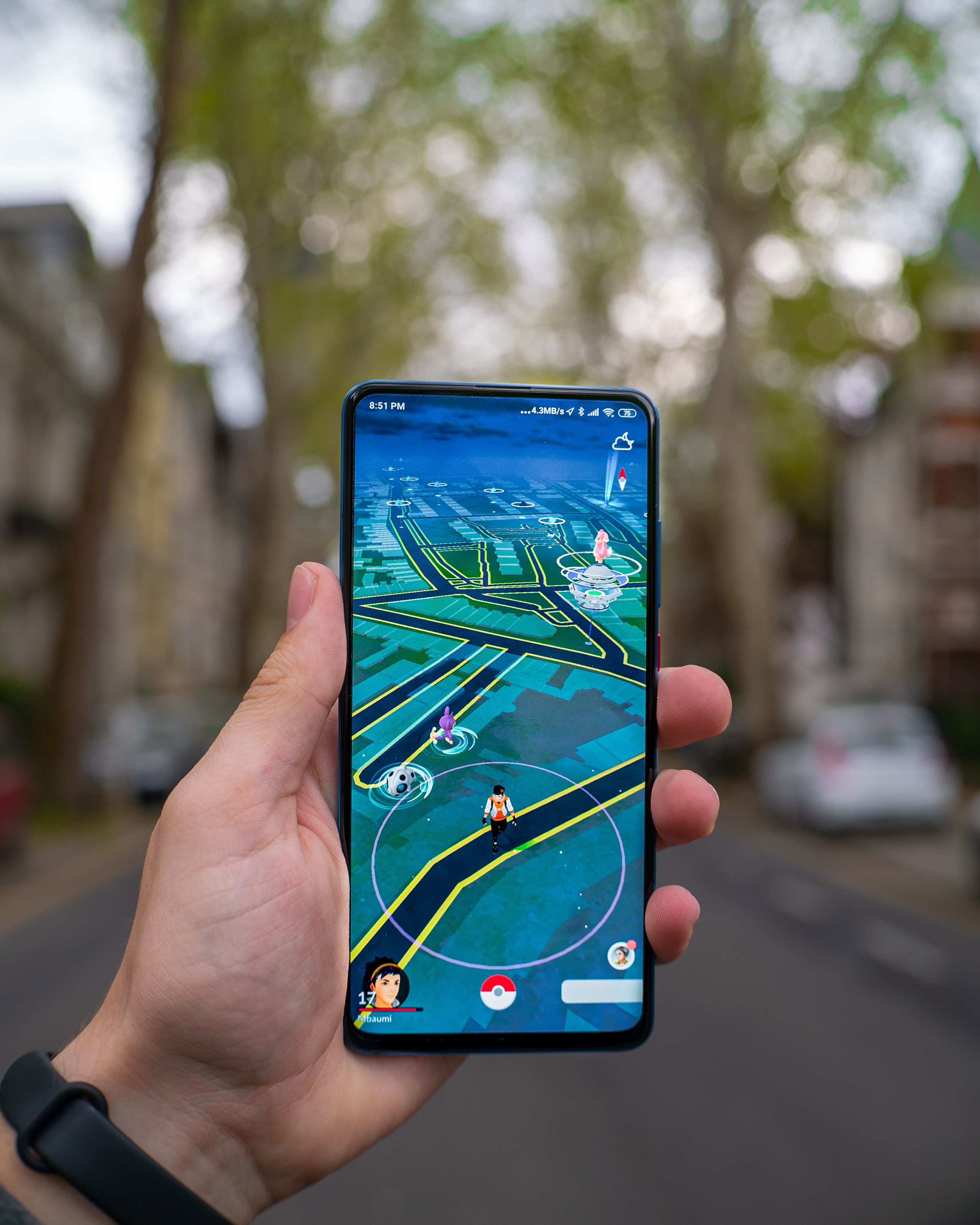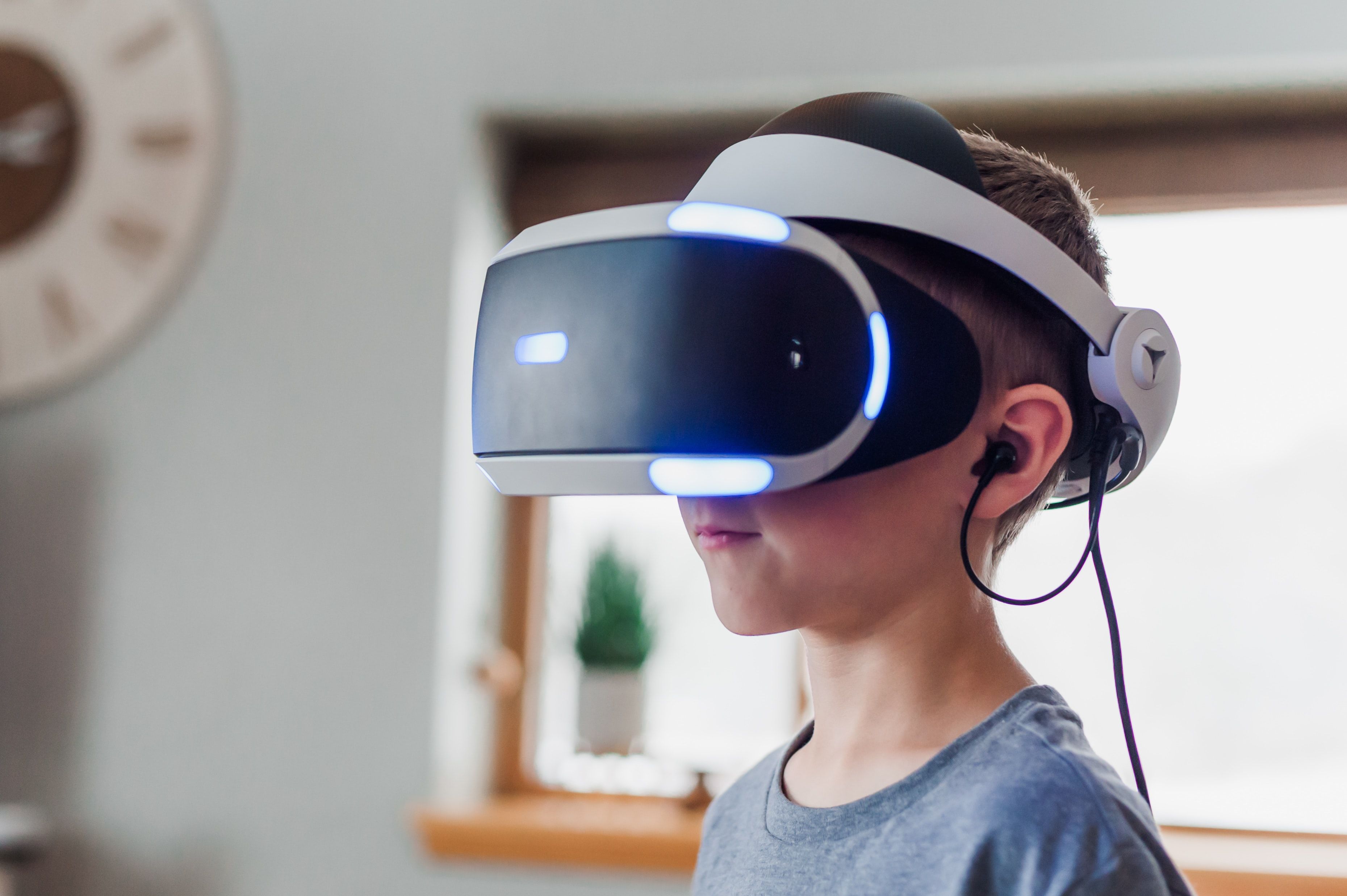What Are The Differences Between Augmented Reality (AR) and Virtual Reality (VR)?
28/04/2022
What’s the difference between these two terms? Are they synonymous? The quick answer is: no. Augmented Reality and Virtual Reality are both incredible concepts that are versatile in the classroom, but they are not one and the same.
Augmented Reality in the Classroom
When we talk about augmented reality in education, we’re referring to a smart device superimposing pictures or content on top of the actual environment students are in. This type of augmented reality is what we have previously seen in the popular Pokemon Go! craze or the Harry Potter: Wizards Unite game that was released in the summer of 2019. These games superimposed creatures into the environment users were already in using camera features on their smart devices.

Augmented reality is not usually used as a primary method for delivering classroom content. It’s a versatile supplemental tool but is difficult to use as a standalone teaching method for most classrooms.

Augmented reality is not usually used as a primary method for delivering classroom content. It’s a versatile supplemental tool but is difficult to use as a standalone teaching method for most classrooms.
Some examples of how augmented reality is being utilized in classrooms globally
- Allowing students to see and possibly manipulate 3-dimensional geometric shapes for a more concrete experience with interactive augmented reality from Ventura Educational Systems.
- Exploring parts of a plant and watching it grow from seed to blossom with an interactive augmented reality experience offered by Arloon.
- “Hunting” for letters throughout their homes and classrooms is a perfect AR experience for pre-K and kindergarten students. They can use their gathered letters to make words with Catchy Words AR.
- Breaking open planets, and exploring them layer by layer with full narration. Explore the inside of the human body with a simple t-shirt. These experiences are now possible with AR in the classroom brought to you by Curiscope.
Benefits of augmented reality in schools
- A break from traditional textbook learning. This adds to student engagement and excitement. This increased motivation translates to better recall and student achievement.
- A better understanding of geometry and spatial concepts through the manipulation of virtual items.
- A cross-curricular tool - Science, language arts, social studies, math, and art concepts can all be supplemented with AR education applications.
- Simple to implement. All your homeschool or public school classroom needs to use VR is internet access, a smart device, and an AR app tailored to your needs.
Virtual Reality in the Classroom
Virtual reality in education is a fully immersive learning experience. In a true VR experience, the room students are standing in disappears. Students see, hear, and manipulate the digital environment that’s been downloaded to their senses. As opposed to many AR applications, virtual reality applications can be more than a supplemental tool.


Entire curriculum unit and, complete virtual lessons can be delivered successfully Full science virtual labs, and even class field trips can be done with VR technology. Notes, lectures, experiments, and even student-to-student collaboration can occur in virtual environments taking advantage of the full range of benefits of virtual reality.
Some examples of how virtual reality is being utilized in classrooms globally
- Futuclass bringing safer chemistry to homeschool students (who traditionally lack equipped chemistry labs) worldwide. With research indicating a 70% improvement in student assessment, Futuclass’s gamified chemistry, physics, and biology lessons are changing the approach to traditionally complex subjects.
- VictoryXR is using VR in education to provide a humane solution to frog dissection with a realistic, step-by-step biology lesson that rivals the real experience.
- Doghead Simulations is redefining language learning and instruction with VR in education at the college level.
- Project VOISS is allowing students with ASD (Autism Spectrum Disorder) to immerse themselves in virtual environments where they can hone social and language skills through virtual lessons. VR is appropriate for many types of learners.
Benefits of virtual reality in schools
- Learning through play is not exclusive to pre-k and primary grades. Virtual Reality gamifies learning for middle and high school students.
- Increase cultural awareness as students immerse themselves in international experiences - or collaborate with classrooms across the globe in digital environments.
- Extend learning beyond classroom walls when budgets, (or pandemics) make such exploration seem impossible.
- VR labs take the danger out of working with volatile materials, burners, and glass. All reactions are true-to-life, while the level of safety in the room never changes.
- Virtual reality in education can help students meet learning goals, as outlined by Jon Spike, of the University of Wisconsin-Whitewater at IDEAcon2020.